Costa Rica's earliest coffee growing area-Central Valley
Professional coffee knowledge exchange more coffee bean information please follow the coffee workshop (Wechat official account cafe_style)
[notes of baristas in front street] the earliest coffee growing area in Costa Rica-- the Central Valley
Original: Qianjie Coffee
▲
Click follow | focus on the 6th anniversary of coffee roasting
More boutique coffee beans, please.
Private Wechat Qianjie, WeChat:
(long press copy)
Qiannjie
Recently, the editor is really infatuated with Costa Rican beans. The previous Costa Rican Pillon with the smell of super red wine, the Costa Rican black soul with fruit tea flavor, and the Costa Rican boulder black honey with this charming aroma of non-alcoholic fruit wine from Qianjie coffee recently, these three beans are really the editor's favorite, which makes the editor especially want to know about its producing area. Today, the editor will share with you the Central Valley, the earliest coffee growing area in Costa Rica.
Preface
The Central Valley is also the first area in Costa Rica to grow coffee, and then to other regions to develop the country's coffee industry, moderate annual rainfall of 118in, average annual temperature of only 19 ℃, coupled with high altitude, so the bean hard aroma, smooth, high acidity, full-bodied, rich aroma, coffee in this region is the earliest coffee growing area in Costa Rica, rich in volcanic soil, sometimes with chocolate aroma. The front section is washed and the back section is dried by machine at low temperature.
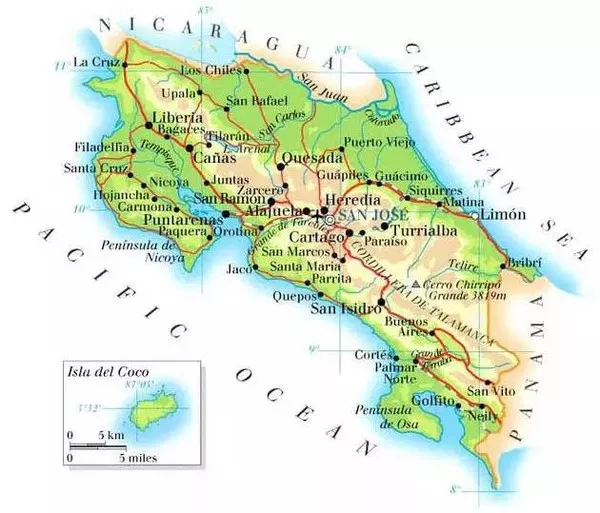
Costa Rica
The first country in Central America to grow coffee; government support for development.
Costa Rica is the country where coffee was first introduced into Central America. It has a long history and has a complete coffee organization from production to marketing system. Because it is located in the Central American Gorge, the volcanic soil is very fertile and the drainage is good, especially in the central plateau CentralPlateau, where coffee is grown for the fertile volcanic ash of the volcanic terrain, mild and suitable temperature, and stable and abundant rainfall, coffee has become one of the factors of major agricultural products. Its coffee beans are all Arabica species. Pure flavor, pleasant aroma, unassailable balance in acidity and taste, coffee with full particles, ideal acidity and unique strong aroma.
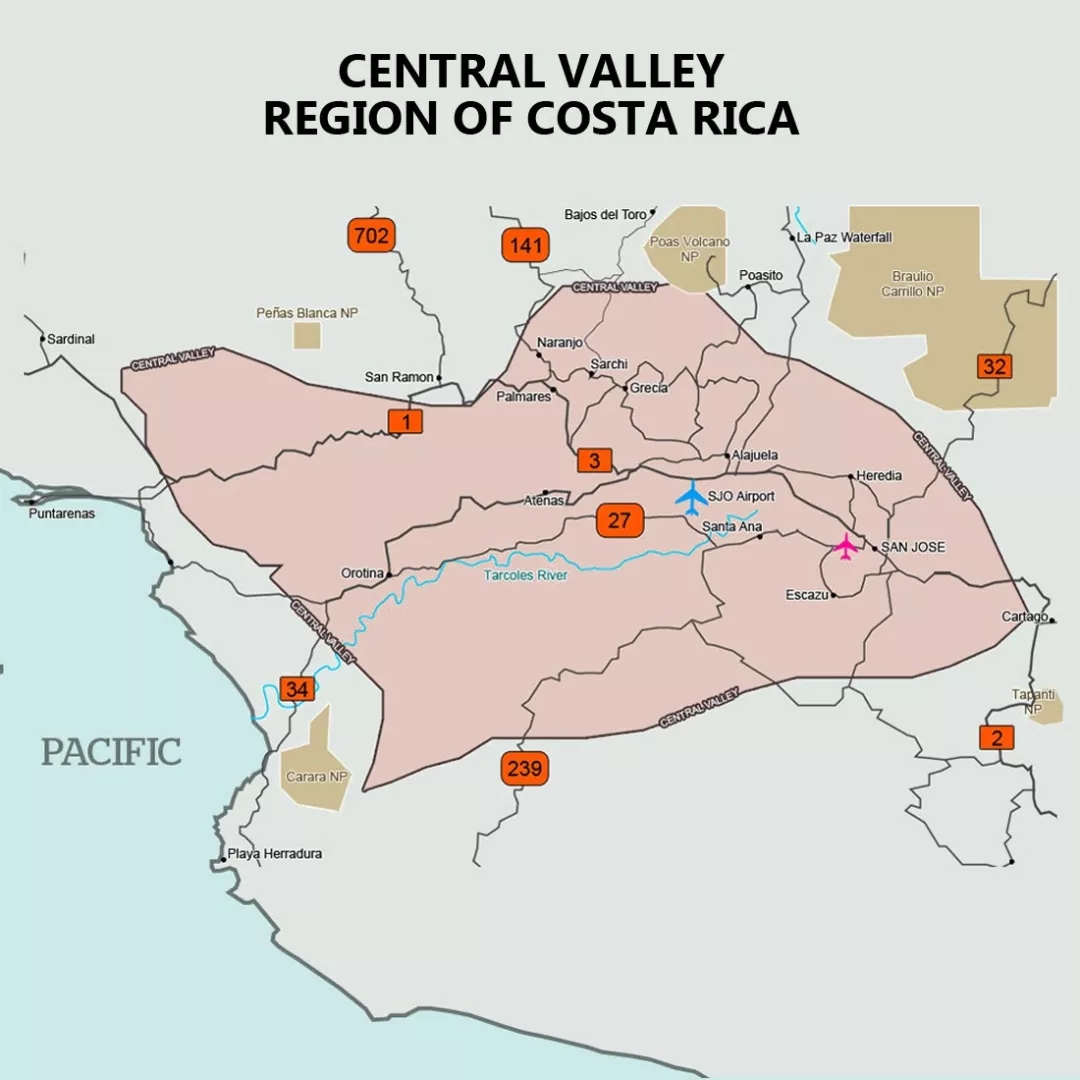
Coffee began to appear in Costa Rica in 1729, when it was introduced from Cuba. This made Costa Rica the first country in Central America to grow coffee and the first to grow coffee because of its commercial value. Then, after Costa Rica became independent from Spain in 1821, the local government began to support the coffee industry with a series of policies. At that time, it was more than a hundred years after coffee was introduced into Costa Rica, but about 70,000 coffee trees have been planted, which shows the speed of its development.
Policy
In 1825, the Costa Rican government implemented a tax exemption policy. In 1832, the local government promulgated a law that "there is land for growing coffee", meaning that coffee farmers can own the land directly if they grow coffee on any land that is not occupied. This policy has encouraged many people to grow coffee and promote the development of coffee, which has led to the fact that most of Costa Rican coffee comes from private estates.
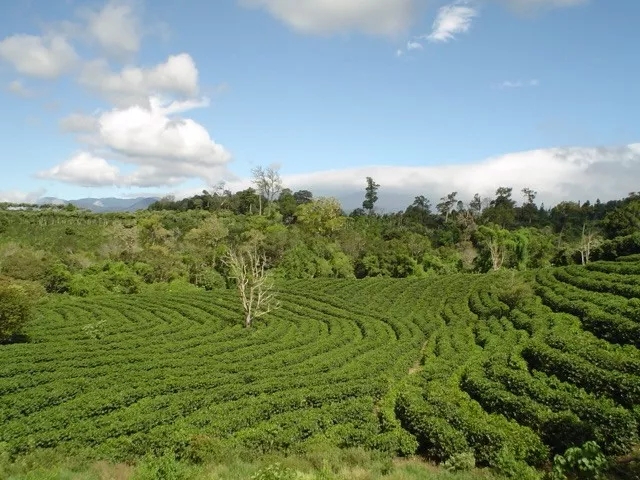
Geographical location & cultivated producing area
Costa Rica is located in the Central American isthmus, and is simultaneously regulated by Pacific and Atlantic currents and sea breezes. There are many towering volcanoes up to 2000 meters above sea level in Costa Rica. Coffee berries grow slowly in the fertile volcanic ash soil and cool environment at high altitude, giving birth to coffee beans with complete and rich flavor.
Costa Rica first cultivated coffee on the slopes of the Poas and Barva volcanoes, today known as the Central Valley (Central Valley). After years of development, there are now eight main coffee cultivation areas: West Valley in the Western Valley, Central Valley in the Central Valley, Tarasu Tarrazu, three Rivers Tres Rios, Eurosi Orosi, Brenka Brunca, Duli Alba Turrialba, Guanacaster Guanacaste. Tarasu (Tarrazu) is one of the major coffee producers in the world. What the editor wants to share today is the Central Valley, one of these eight producing areas.
Central valley
1200-1600 meters above sea level, from November to March, this production area has three sub-producing areas, namely, San Jose, Eredia and Alajuela. There are three high-altitude volcanoes in the producing area: Irazu, Barva and Poas, which provide rich nutrients for the surrounding coffee producing areas. The excellent micro-climate and the two volcanic fertile soils of Po á s and Barva make the beans in this area have superior characteristics, such as chocolate cocoa flavor, bright acidity and elegant aroma.
The Central Valley is also the first area in Costa Rica to grow coffee, and then to other regions to develop the country's coffee industry, moderate annual rainfall of 118in, average annual temperature of only 19 ℃, coupled with high altitude, so the bean hard aroma, smooth, high acidity, full-bodied, rich aroma, coffee in this region is the earliest coffee growing area in Costa Rica, rich in volcanic soil, sometimes with chocolate aroma.
Speaking of which, the editor also shares the black soul of Costa Rica, which I have been drinking a lot recently.
Finca Las Lajas Alma Negra
Costa Rican Black Soul
Country: Costa Rica
Producing area: central Valley
Altitude: 1300-1500m
Treatment: sun treatment
Grade: SHB
Variety: Kaddura, Kaduai
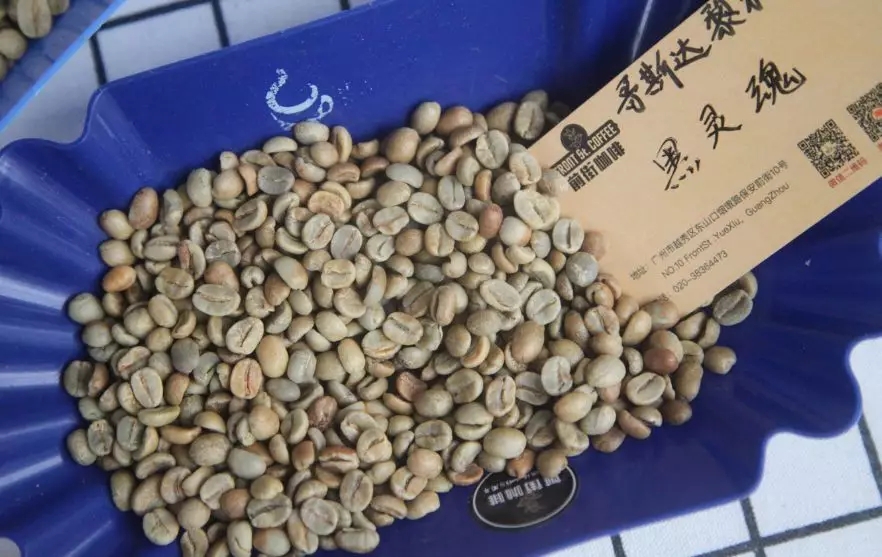
* Manor
This bean's estate is La Lajas Manor, one of the first estates to start systematic research and processing, and has been a favorite coffee farm for global buyers for many years. The estate, currently run by third-generation owner Francisca Cubillo and his wife Oscar, is located in the Central Valley region (Central Valley), not far from the capital, quite close to the Poas Volcano volcano, with an annual output of about 55200 kilograms at an altitude of 1,250 Mustok, 1,500 meters.
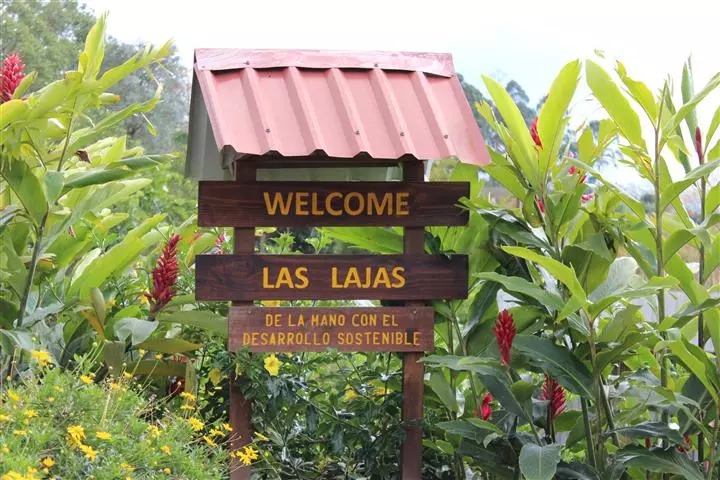
Many years ago, Francesca, the owner of the manor, had been hoping to improve the flavor of the coffee in the manor. at that time, the vast majority of coffee farmers in Costa Rica generally adopted the traditional washing method to meet the needs of the American and European markets. so the manor owner began to study and improve a lot of equipment in the manor to better meet the needs of sun and honey-treated coffee.
The raw bean of this bean looks obviously a typical yellowish green after sun treatment, and smells like a faint sour Hawthorn.
* Cup mapping

Cup test flavor: fermented fruit, flower, citrus, plum, fruit tea. The sweet and sour feeling is obvious, the juice feeling is obvious, the overall balance.
* hand punch
The editor uses the usual method to cook the bean, with V60 filter cup, water temperature 90 ℃, grinding degree is BG-5R (Chinese standard 20 sieve pass rate 60%), powder / water ratio 1:15, stage extraction.
The extracted coffee has a slight aroma of fermented wine and almonds, with sour notes of plum and citrus in the mouth, dark chocolate and nuts in the middle, and when the temperature drops down, the entrance has tropical fruit-like sweet and sour, creamy and honey-like sweetness, with a hint of fruit tea in the finish.

Although they are all Costa Rican coffee, there is no doubt that the flavor of coffee from different producing areas is different. There is no doubt that even the central valley shared by the editor today, in the same producing area, under different manors, with different treatment methods, the coffee flavor has its own unique flavor, of course, this must be compared to drink to know.
Important Notice :
前街咖啡 FrontStreet Coffee has moved to new addredd:
FrontStreet Coffee Address: 315,Donghua East Road,GuangZhou
Tel:020 38364473
- Prev

A brief Analysis of the Manor of Fine Coffee in Brazil
Professional coffee knowledge exchange more coffee bean information please follow the coffee workshop (Wechat official account cafe_style) Brazil COE second Runner-up Manor Santeo / Shenmu Manor is located in the southern mountains of the state of Minas Gerais, about 1200 meters above sea level, the annual average temperature is 19C (66F), the average rainfall is 1600 mm per year, excellent geographical location and quality climate environment.
- Next

Ethiopia's boutique coffee bean producing area introduces Ethiopia's Kayong Mountain Manor.
Professional coffee knowledge exchange more information on coffee beans Please follow the coffee workshop (Wechat official account cafe_style) Ethiopian coffee beans from a single farm are scarce on the market. Therefore, we are particularly honored to share this micro batch from Guji District with you. Kayon translation means "target". This is a beautiful spell made by the farm owner.
Related
- Does Rose Summer choose Blue, Green or Red? Detailed explanation of Rose Summer Coffee plots and Classification in Panamanian Jade Manor
- What is the difference between the origin, producing area, processing plant, cooperative and manor of coffee beans?
- How fine does the espresso powder fit? how to grind the espresso?
- Sca coffee roasting degree color card coffee roasting degree 8 roasting color values what do you mean?
- The practice of lattes: how to make lattes at home
- Introduction to Indonesian Fine Coffee beans-- Java Coffee producing area of Indonesian Arabica Coffee
- How much will the flavor of light and medium roasted rose summer be expressed? What baking level is rose summer suitable for?
- Introduction to the characteristics of washing, sun-drying or wet-planing coffee commonly used in Mantenin, Indonesia
- Price characteristics of Arabica Coffee Bean Starbucks introduction to Manning Coffee Bean Taste producing area Variety Manor
- What is the authentic Yega flavor? What are the flavor characteristics of the really excellent Yejasuffi coffee beans?

